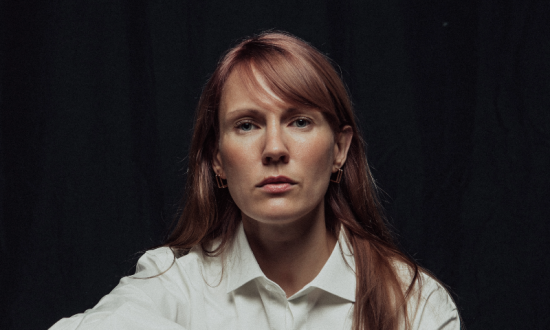Baiba Matisone, a Strategy Consultant, finds joy in exploring a diverse range of thought-provoking questions about Business, Culture, and People. She is also the host of a strategy community in Berlin called Strategy Pints and the owner of her strategy training platform – Planning Folklore.
A few months back, I was handed the formidable challenge of delving into the deficiency of imagination in strategy. Approaching it like any strategist would, I began by investigating the fundamental causes of this issue and contemplating potential remedies. To begin, let’s examine some overarching issues.
First, there’s a strong focus on speed and short-term perspectives. We tend to rush without pausing to step back and carefully consider our actions. This tendency is evident in our case studies, where numerous initiatives lack enduring impact due to the absence of a thoughtfully structured long-term strategy. On the other hand, what can we expect if our CMO life cycle is 18-24 months and then the next one comes? Usually, with a new brand vision and ignoring previous good practices that could be preserved and applied. Hence, it can be inferred that short-term thinking results in a lack of responsibility among all stakeholders and triggers apprehension related to the 3Fs – Fear, Failure, and Fired. These three red flags indicate that if our work and ideas do not align with the company’s goals, we will be fired. And that’s what shuts down a lot of our imagination and forces us to fit into the frame.
Second, we all live in our own echo chamber. We follow the same opinion leaders, read the same strategy books, and take the same courses. Training courses that everyone attends make us generic and similar to everyone. And we’re all talking about the same famous campaigns that everyone else is talking about. And eventually, we create insight in the same rhythm – “you are not you when you are…”.
Lastly, we are living in a postmodern phase of account planning. We engage in the deconstruction, fusion, and transformation of planning models, frameworks, and tools, and we like to develop novel and enhanced approaches. Unfortunately, this process often takes place without a full appreciation or acknowledgment of the original idea and contributions made by the original authors. The lack of a structured approach leads us into confusion, risking a decline in the mastery of our craft. Furthermore, there’s a proliferation of craftsmen promoting their own models, but these models often lack a logical foundation.
However, it is not an entirely bleak scenario. What if we seized the opportunity and explored ways to increase the influence of strategists in shaping culture? Let’s aim to be more interesting, more imaginative, and ultimately more effective.
First, learn and master the basics of the strategy, and only then mix and create new models and frameworks for your work. Learn models that go beyond the most commonly used and restrictive 4C/5C or TBWA Disruption model. When account planning was created, the practitioner’s daily job was to constantly think about how advertising works. Today, we put too much emphasis on creative work and seem to have forgotten or ignored our true role and responsibility. Therefore, it is essential to think beyond the famous campaigns that everyone is talking about. Dazzle your creative team by bringing forth intriguing case studies from unconventional disciplines that are often overlooked in our conversations. It’s a captivating way to showcase your distinctive perspective.
Second, to discover intriguing problems or understand how to solve them, the first step is to identify them. Carry a small pocket notebook wherever you go and make a habit of spotting societal issues. Jot them down and let them marinate for a week or two. Only then you should pick them up and begin contemplating potential solutions and ways to address the problem. It’s essential to exercise your problem-solving skills; otherwise, progress to the next level won’t be attainable.
Third, slow down and find time to daydream. Our profession is based on information addiction. Our job is to constantly consume the information or we may not be at the top of our game. But if we step aside and look from the distance, it’s a hamster wheel. My advice to you is to create Information Free Days. True creativity only sparks when you are connected to yourself.
Lastly, don’t hesitate to engage with real people. Historically, our original mission as planners was to be consumer advocates within the agency. At the heart of any 3C, 4C, or 5C model lie two crucial elements: the brand or company and the consumer. Crafting a successful campaign to address the problems or needs of these people is impossible without a thorough understanding of them. Neatly packaged trend and research reports won’t unveil the motivations behind people’s actions. Your mission is to decipher that. Begin with the question “Why.”

